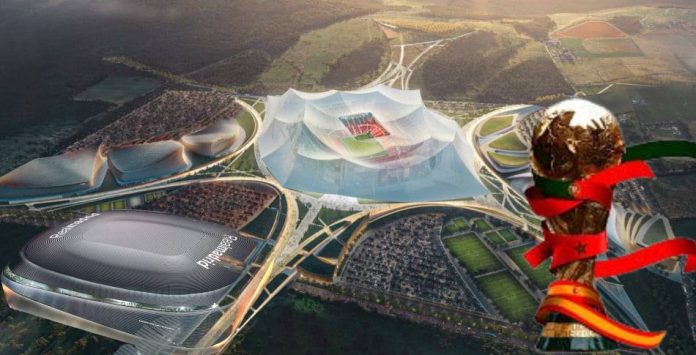As Morocco gears up to co-host the 2030 FIFA World Cup, the transformation of Benslimane—nestled between Rabat and Casablanca—is emerging as a key part of the country’s long-term development strategy. Designated as the future home of the Grand Stade Hassan II, the province is poised for a major territorial overhaul. The Ministry of National Land Use Planning and Urban Development has now taken a crucial step forward, launching an international call for tenders to shape a comprehensive urban strategy that goes far beyond the tournament itself.
The scope of the upcoming study is vast, covering an area of 60,000 hectares, including 20,000 hectares of forested land. This isn’t just about hosting a few World Cup matches. The goal is to reimagine Benslimane as a full-fledged metropolitan hub—one that balances the short-term demands of a global sporting event with a broader, long-term territorial vision. Infrastructure is seen not as an end in itself, but as a catalyst for enduring economic and social development.
This initiative falls squarely in line with royal directives, which position the World Cup not merely as a sporting challenge, but as a driver of strategic national projects. The study will need to outline a new form of event-led urban planning—one that integrates transportation systems, hospitality infrastructure, sports and healthcare facilities, while also taking into account digital connectivity, climate resilience, inclusive governance, and community involvement.
The objective is clear: to build a cohesive and forward-looking territory that can meet the tight timelines of the World Cup while laying down the foundations for a lasting legacy. The consulting teams will be expected to deliver concrete planning scenarios, map out how the region might evolve over time, and produce multi-scale development models. These proposals will be backed by digital roadmaps and environmental guidelines designed to ensure that decisions made today hold up well into the future.
What sets this effort apart is its emphasis on collaboration. The process will rely heavily on public engagement, bringing in local authorities, economic players, civic organizations, and residents through workshops and interactive platforms. This participatory method is intended to align the future of Benslimane with the voices and needs of its people—ensuring that urban growth, ecological preservation, and social inclusion go hand in hand.
In Benslimane, the stakes are high. On one hand, the region must meet the rigorous standards required to host the world’s biggest sporting spectacle. On the other, it must use this opportunity to anchor a far-reaching territorial project that’s resilient, inclusive, and sustainable. The Grand Stade Hassan II is not just a venue—it’s the starting point of a transformation designed to outlive the final whistle of 2030 and shape the region’s future for decades to come.





